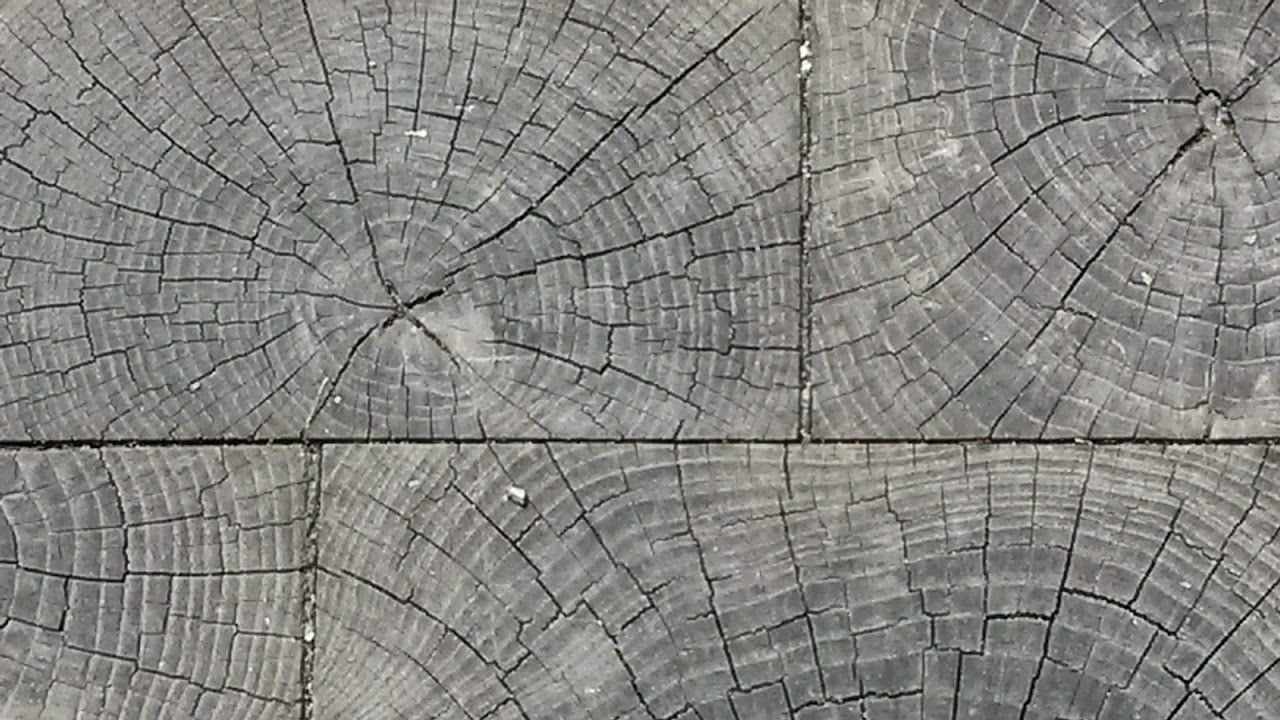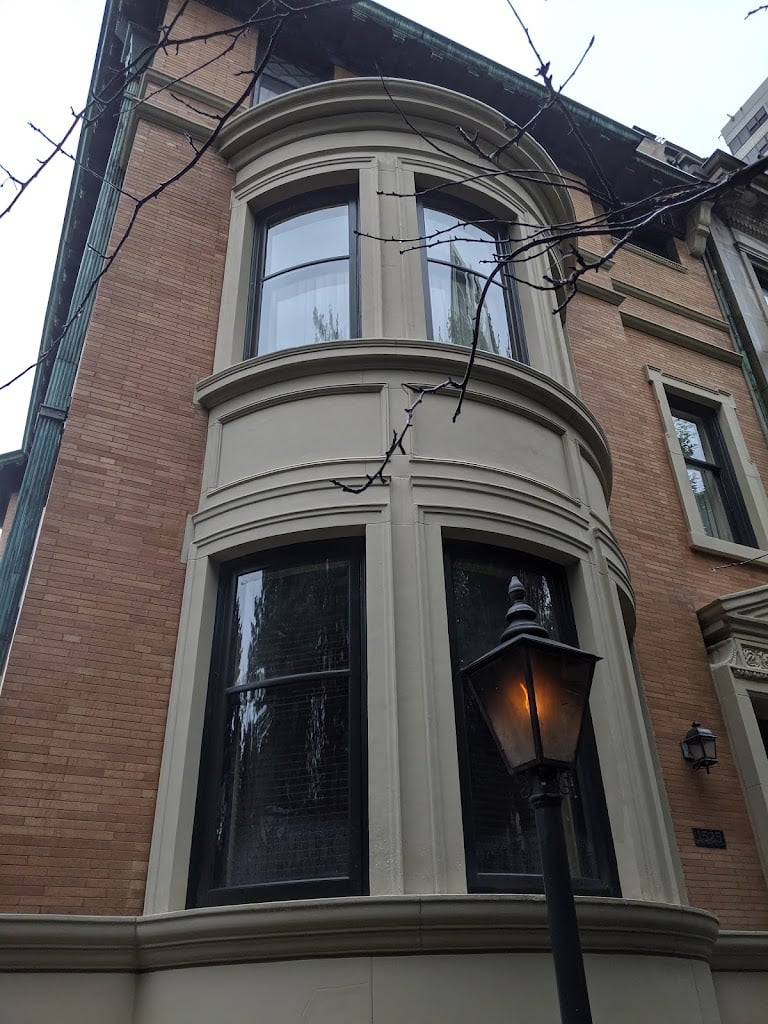Wooden Alley





Ask ThatchGPT
Suggest a local expert to plan my trip
Suggest an unique itinerary for my Chicago trip
What foods do Chicago locals eat
What are some true hidden gems in Chicago
Help me brainstorm trip ideas for Chicago
Help me plan a family-friendly trip to Chicago
What people say
Michael Silverman
"In the early 19th century, when American cities dreamed of replacing their muddy streets, Boston developer Samuel Nicolson came up with the idea of paving streets with wooden blocks. His idea traveled to Chicago, where plentiful wood from Wisconsin made wooden blocks a cheaper and less noisy street paving alternative. Horses' hooves pounded slightly softer on Nicolson paved streets. By 1871, Chicago had 37 miles of wood-block paved streets. You can still find three wood-paved alleys hidden throughout the city, true souvenirs of Old Chicago.
This is the finest example and easiest to find. Close your eyes and imagine when horses, not cars, trotted along our city streets.
Nicolson's pavement called for white oak or cedar blocks, four by five inches wide, and twelve to fifteen inches long. Laid together loosely on the four-inch side over a sand foundation, with the spaces packed with a mixture of gravel and coal tar. Nicolson's innovation was short-lived because his wood blocks were both slippery and stinky. It tended to decay due to moisture. Eventually, wood blocks were replaced with brick or Belgian blocks. Contrary to popular belief, the wood pavement was chemically treated and did not burn easily. Though it was reported that the streets were aflame when the Great Fire of 1871 leveled the city, most wooden-blocked streets survived."
Read more in:
Mentioned in these guides
About Wooden Alley
Get the inside scoop on Wooden Alley from local experts, travel creators, and tastemakers. Browse genuine trip notes, Wooden Alley reviews, photos, travel guides, and itineraries from real travelers and plan your trip with confidence.
Save this spot for later or start mapping out a new trip today
Try our AI Travel Assistant and get instant answers to any questions about your trip.
Ask ThatchGPT
